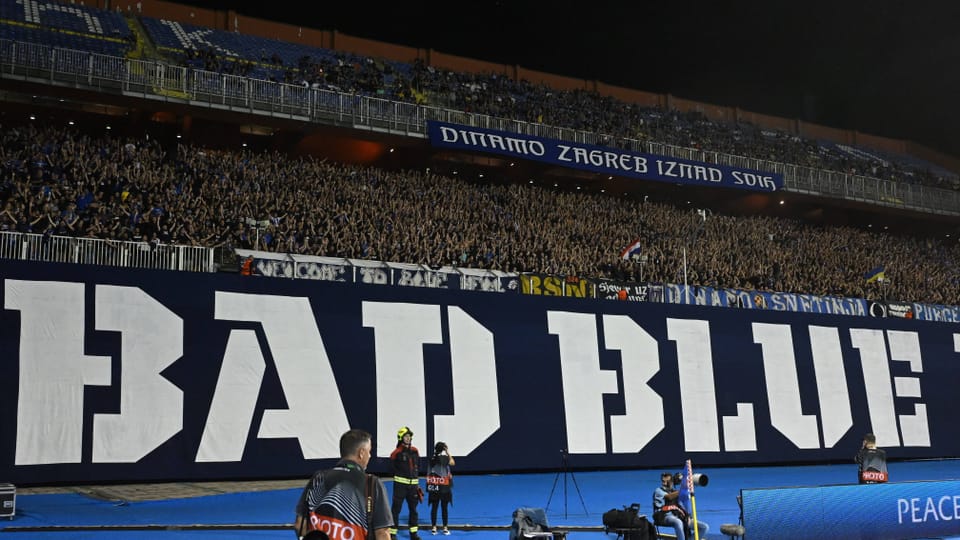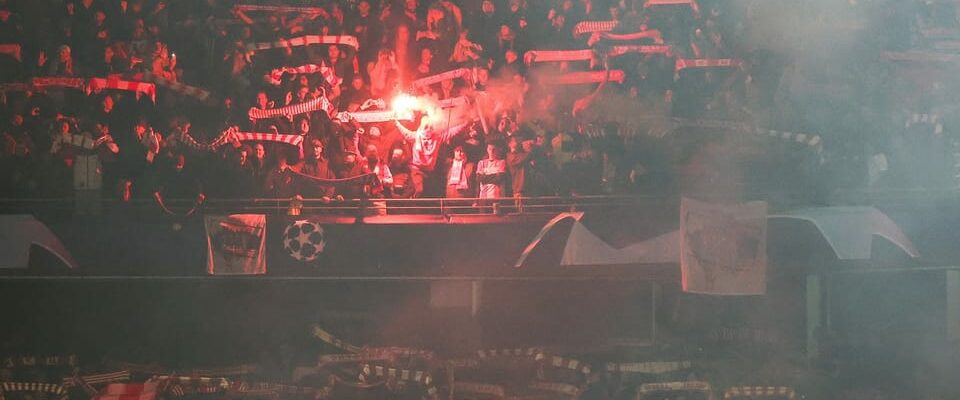Contents
YB plays against Red Star Belgrade today. It’s not just the club that has a past – its fans have one too.
YB plays against Red Star Belgrade: The Champions League group game is considered a high-risk game. Four years ago there were riots at a similar game in Bern, and the Bern police even had to fire warning shots to get the situation under control. SRF foreign editor Janis Fahrländer researched the history of football ultras in the former Yugoslavia on the occasion of Red Star Belgrade’s renewed visit to Wankdorf.
Football as a field of politics: The example of the multi-ethnic state of Yugoslavia in particular shows how great the influence of football fan groups can be on political developments. Nationalism was taboo in Yugoslavian society in the 1980s. But it could be expressed in football stadiums, says Fahrländer: “While nationalist ideas were not allowed to be expressed publicly in the 80s, this was possible in football stadiums.” There are still countries today in which stadiums offer a space to circumvent social taboos.
Legend:
The fans of Red Star Belgrade in Leipzig at the end of October.
Keystone/JAN WOITAS
Start of decay: Some say that the disintegration of the multi-ethnic state of Yugoslavia began symbolically with a football game: in 1990, Dinamo Zagreb was supposed to play against Red Star Belgrade. First there were riots in the city of Zagreb. While the players were warming up, there were angry fights between Zagreb fans and the Yugoslav police in the stadium. Some of the players were also involved in the fight, for example the captain of Dinamo Zagreb. He attacked a police officer, which is documented photographically.
The live broadcast of the fight: The incidents were broadcast live on TV. People could see football fans fighting and images of police officers beating football fans; nationalist songs were heard and Yugoslav flags were destroyed. “This game – which never kicked off – was a signal. “In retrospect, these scenes are symbolically hyped up as the beginning of the wars of the 1990s,” says Janis Fahrländer.
Into the war via ultras from Red Star Belgrade: “As far as the ultras from Red Star Belgrade are concerned: the Serbian secret service recognized the potential early on and specifically recruited men there for the wars in Bosnia and Croatia,” says Janis Fahrländer. The Bad Blue Boys, supporters of Dinamo Zagreb, who took part in the wars on the Croatian side, also became known.

Legend:
The Dinamo Zagreb football club also has its infamous ultras.
Imago/Goran Mehkek
Serbian peculiarity: Football fans’ connection to organized crime began in the 1990s and continues to this day. According to the editor, it is a Serbian peculiarity of football fans. Specifically, fans of Red Star Belgrade and Partizan Belgrade are known to be involved in drug trafficking and the security service.
Connection between politics and football fans: Fans of Serbian clubs sometimes do the dirty work for political parties. Their groups can be used almost like paramilitary units. “There is the well-known example that Pride – a colorful parade of the LGBTQ movement – was attacked in Belgrade by organized football fans.” The Ultras are also responsible for intimidating opposition members.
